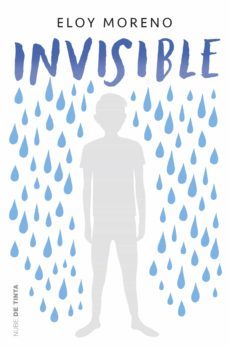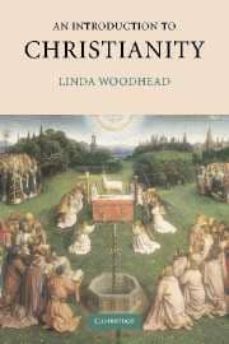Imprescindibles
Ficción
No Ficción
Ciencias y tecnología BiologíaCienciasCiencias naturalesDivulgación científicaInformáticaIngenieríaMatemáticasMedicinaSalud y dietas Filología BiblioteconomíaEstudios filológicosEstudios lingüísticosEstudios literariosHistoria y crítica de la Literatura
Humanidades Autoayuda y espiritualidadCiencias humanasDerechoEconomía y EmpresaPsicología y PedagogíaFilosofíaSociología Historia ArqueologíaBiografíasHistoria de EspañaHistoria UniversalHistoria por países
Infantil
Juvenil
Cómic y manga
Novela gráfica Novela gráfica americanaNovela gráfica europeaNovela gráfica de otros países Personajes, series y sagas Series y sagasStar Wars Superhéroes Cómics DCCómics MarvelCómics otros superhéroesCómics Valiant
eBooks
Literatura ContemporáneaNarrativa fantásticaNovela de ciencia ficciónNovela de terrorNovela históricaNovela negraNovela romántica y erótica Juvenil Más de 13 añosMás de 15 años Infantil eBooks infantiles
Humanidades Autoayuda y espiritualidadCiencias humanasEconomía y EmpresaPsicología y PedagogíaFilosofía Historia Historia de EspañaHistoria Universal Arte CineMúsicaHistoria del arte
Ciencia y tecnología Ciencias naturalesDivulgación científicaMedicinaSalud y dietas Filología Estudios lingüísticosEstudios literariosHistoria y crítica de la Literatura Estilo de vida CocinaGuías de viajeOcio y deportes
LINDA WOODHEAD
Recibe novedades de LINDA WOODHEAD directamente en tu email
Filtros
Del 1 al 4 de 4
OXFORD UNIVERSITY PRESS 9780192803221
At a time when Christianity is flourishing in the Southern hemisphere but declining in much of the West, this very short introduction offers an important new overview of the world's largest religion. Exploring the cultural and institutional dimensions of Christianity, and tracing its course over two millennia, this book provides a fresh, lively, and candid portrait of its past and present. Addressing topics that other studies neglect, including the competition for power between different forms of Christianity, the churches' uses of power, and their struggles with modernity, Linda Woodhead concludes by showing the ways in which those who previously had the least power in Christianity - women and non-Europeans - have become increasingly central to its unfolding story.
Ver más
Tapa blanda
BLACKWELL BASIL 9780631210740
Tapa blanda
CAMBRIDGE UNIVERSITY PRESS 9780521786553
An Introduction to Christianity examines the key figures, events and ideas of two thousand years of Christian history and places them in context. It considers the religion in its material as well as its spiritual dimensions and explores its interactions with wider society such as money, politics, force, gender and the family, and non-Christian cultures and societies. This Introduction places particular focus on the ways in which Christianity has understood, embodied and related to power. It shows how the Church's longstanding love affair with 'higher power', both human and divine, has been repeatedly challenged by alternative ideas of of 'power from below', both sacred and secular. Finally, by bringing the history of Christianity right up-to-date, this book explores the ways in which churches of both North and South react to the rise of modern democracy. Comprehensive and accessible, this book will appeal to the student and general reader.
Ver más
Tapa blanda
Del 1 al 4 de 4




























